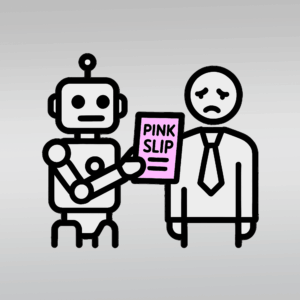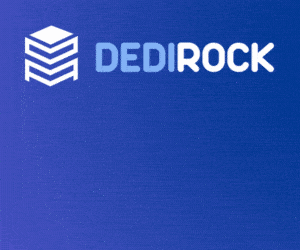 Microsoft today announced they’re laying off 9,000 employees. Depending on how dramatically you want to phrase it, that’s either 4% of their workforce or 1 in 25.
Microsoft today announced they’re laying off 9,000 employees. Depending on how dramatically you want to phrase it, that’s either 4% of their workforce or 1 in 25.
Last month, they laid off 6,000. So in the last two months, Microsoft has trimmed their teams by nearly 7%, or 1 in 14.
“We continue to implement organizational changes necessary to best position the company and teams for success in a dynamic marketplace,” a Microsoft spokesperson said, conducting a master class in saying absolutely nothing. Perhaps they’re proactively evolving their internal structures to align with long-term strategic objectives in a rapidly changing environment, or maybe they’re continuing their ongoing realignment efforts to focus on empowering teams to drive impact and unlock value in an ever-evolving business landscape. They might even be taking the next step on their transformational journey to position the company to deliver sustainable success and stakeholder value. Hard to say.
The Hidden Reason: AI. But Not What You Think
There’s a popular narrative that as companies adopt AI, they slash white collar workforces. This is not fiction. For example, Salesforce has been crowing that they were able to lay off 1,000 people because of AI.
In Microsoft’s case, AI in the sense of “robots replacing humans” may be the cause of some of these 15,000 layoffs. But there’s another, less obvious reason that AI is causing layoffs.
In short: AI is expensive.
Microsoft has been pouring billions into data centers, AI talent, electrical projects, even nuclear scientists in order to build out its vast AI projects.
Here’s a sample:
- $13+ billion spent on the OpenAI partnership
- $20 billion to buy Nuance, a speech recognition company
- $80 billion in investments in AI infrastructure…in 2025 alone
Microsoft’s revenue is $270bn (TTM), so dropping $80-110bn is not a drop in the bucket.
And the return on these investments is not immediate. That’s not to say they’re bad investments, just that they can put a crimp on cash flow. It’s like when a small two-man machine shop invests in a new piece of equipment. Over the subsequent 5-10 years, that machine will pay off handsomely, but it still requires ready cash now to put it on the floor.
After spending all these billions, Microsoft has been under pressure from investors and analysts to put a lid on costs. And the only way it can do that is via layoffs.
So when you see big tech laying people off, it’s not necessarily that robots are replacing workers. It’s that robots are expensive, and these investments are straining their bottom line.























Leave a Reply